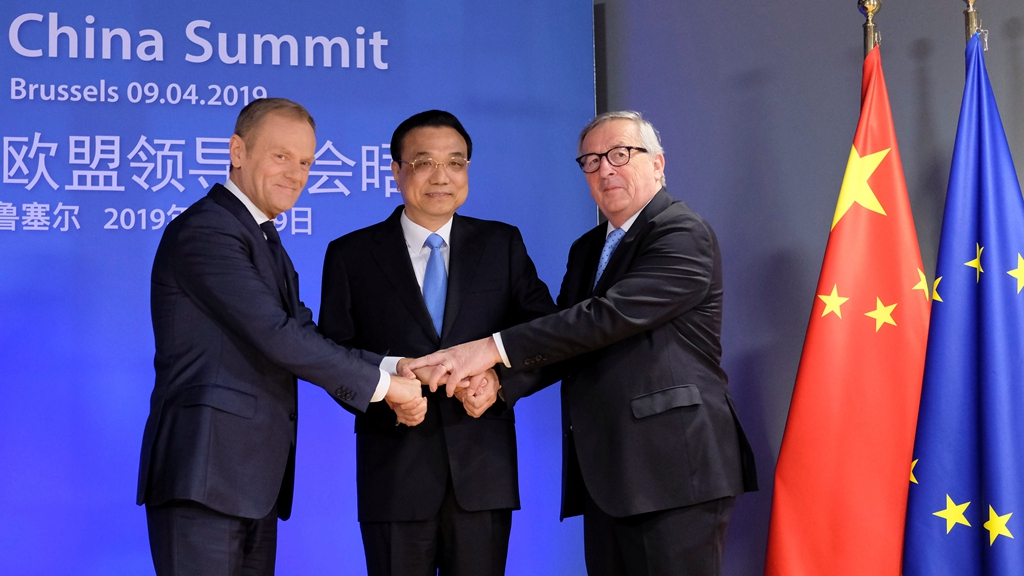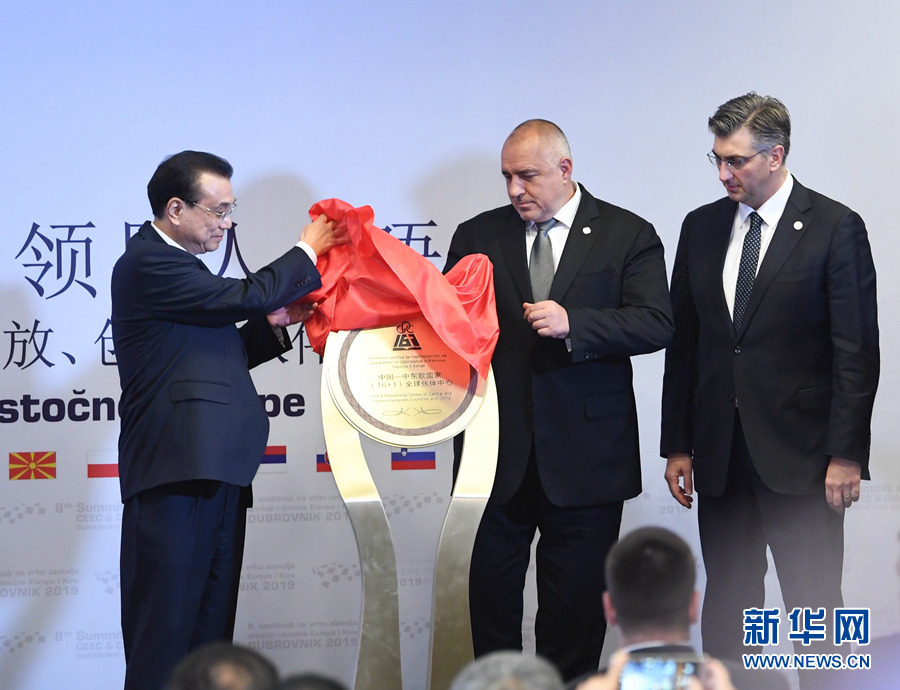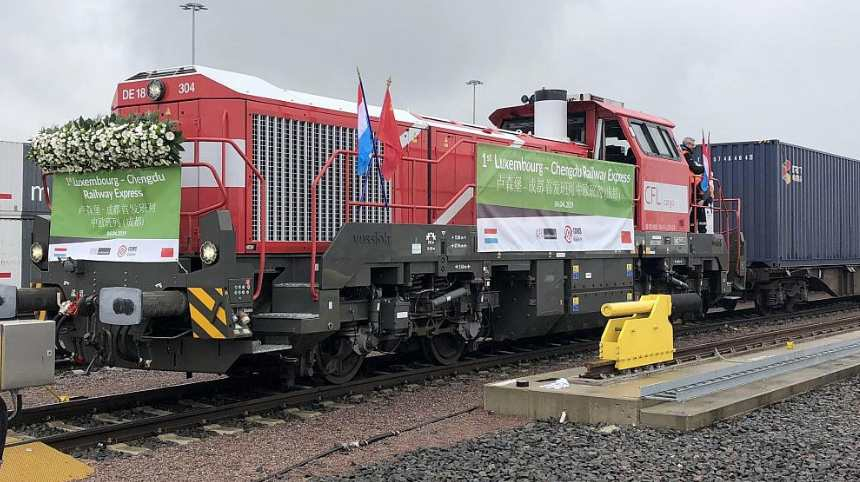
Opinion
21:58, 15-Apr-2019
The time is ripe for China-European cultural exchange
Adam Garrie

Editor's Note: Adam Garrie is the director of the UK-based global policy and analysis think tank Eurasia Future and co-host of talk show "The History Boys." The article reflects the author's opinion, and not necessarily the views of CGTN.
Recently, China and the European Union have released a joint statement covering multiple areas in which cooperation is set to increase. Both sides affirmed their support for deeper and more meaningful partnerships in areas including trade, technological exchange and long term sustainable development.
It is therefore important that both sides continue to build on this positive momentum by promoting a wide range of activities centred on cultural exchange. One should not underestimate the importance of shared cultural experiences in helping to shape a positive bond between geographically remote cultures. In the case of China and Europe, both sides have a great deal to offer one another.

Chinese Premier Li Keqiang (L) and the prime ministers of Bulgaria and Croatia unveil the plaque of the China-CEEC Global Partnership Center (located in Bulgaria) during the eighth China-CEEC leaders' meeting in Dubrovnik, Croatia, April 12, 2019. /Xinhua Photo
Chinese Premier Li Keqiang (L) and the prime ministers of Bulgaria and Croatia unveil the plaque of the China-CEEC Global Partnership Center (located in Bulgaria) during the eighth China-CEEC leaders' meeting in Dubrovnik, Croatia, April 12, 2019. /Xinhua Photo
Cultural exchange can take place at two important levels. First of all, there is physical interaction and secondly, there is digital interaction. In terms of physical interaction, both China and the EU are in a position to fund and promote free cultural events that can be enjoyed by the people. For example, the Berlin Philharmonic could perform in Beijing and the China National Traditional Orchestra could perform in Berlin. Likewise, opera, dance and folk music performances from each respective cultural tradition could take place in key cities in both China and the European Union. Furthermore, public lectures of the great Chinese and European philosophers, poets and scientists could also be offered in public venues.
But beyond these events, it is also possible for China and the EU to work towards creating online cultural portals where specially selected performances that are representative of the most compelling aspects of both cultures, can be available on demand in the highest possible sound and video quality. It is also advisable that Chinese and European manufacturers of high-quality sound recording and reproducing equipment, musical instruments, personal stereo and video equipment, stage lighting, camera equipment and media storage hardware could be displayed at tradeshows in major Chinese and European cities.

The first Luxembourg-Chengdu freight train at a cargo train station in Dudelange, Luxembourg, April 4, 2019. /VCG Photo
The first Luxembourg-Chengdu freight train at a cargo train station in Dudelange, Luxembourg, April 4, 2019. /VCG Photo
Not only would this serve to bolster further economic ties between China and the EU but it would help the people of both civilizations to understand more about the cultural foundations which can enlighten open minds in the 21st century. One of the best ways of creating harmony between two cultures, nations or regions is to allow people to experience the artistic excellence produced by societies that may not be entirely familiar to the outsider.
This will not only break down walls of misunderstanding but will help political officials to understand that when people become enthusiastic for the kinds of manifold connectivity possible through the Belt and Road initiative, there will be an even larger societal impetus for a further expansion in win-win cooperation.
(If you want to contribute and have specific expertise, please contact us at opinions@cgtn.com.)

SITEMAP
Copyright © 2018 CGTN. Beijing ICP prepared NO.16065310-3
Copyright © 2018 CGTN. Beijing ICP prepared NO.16065310-3